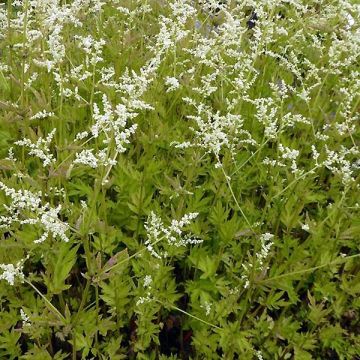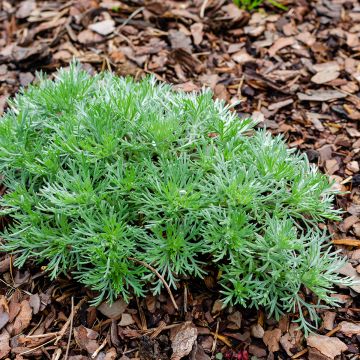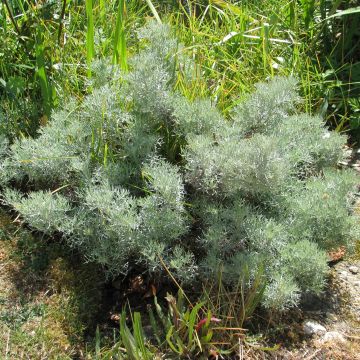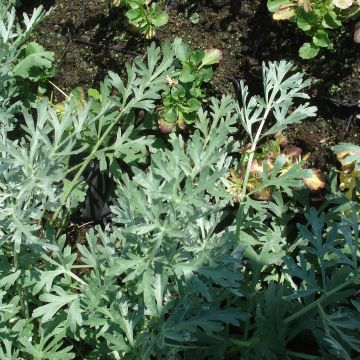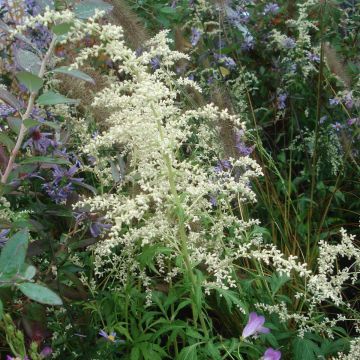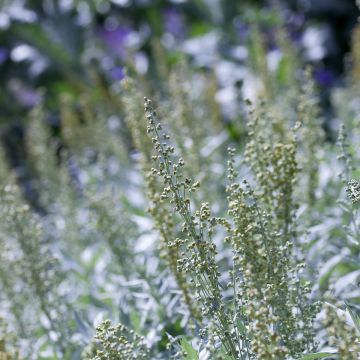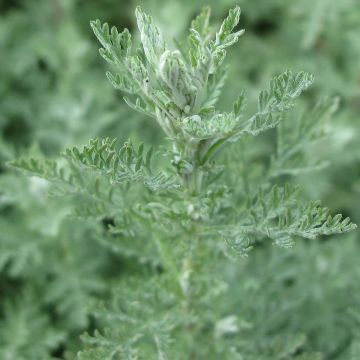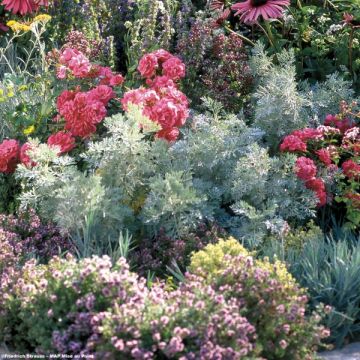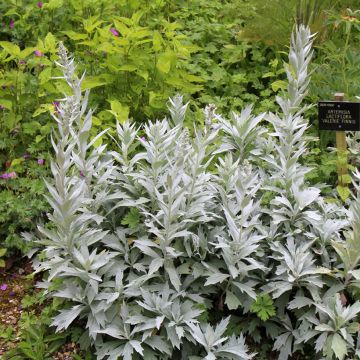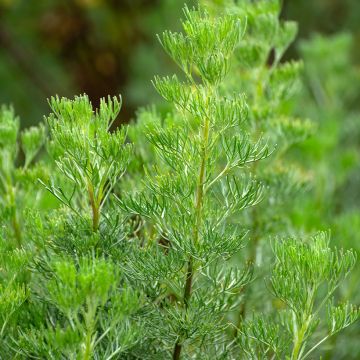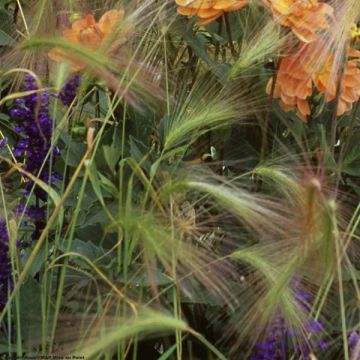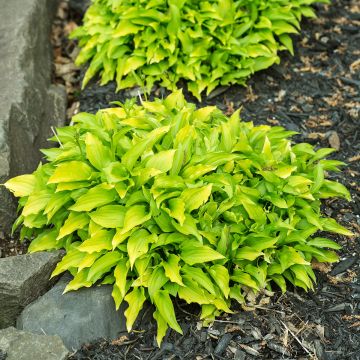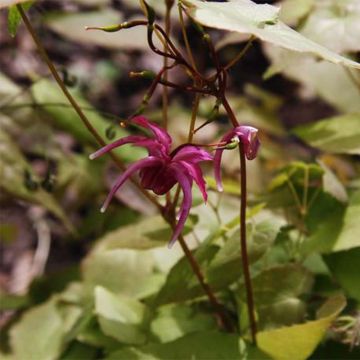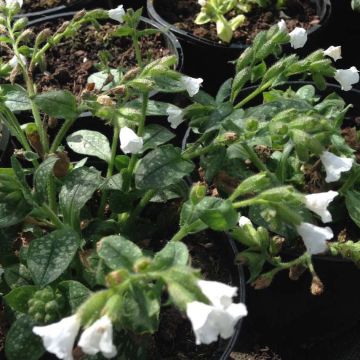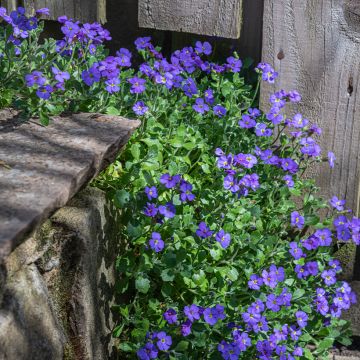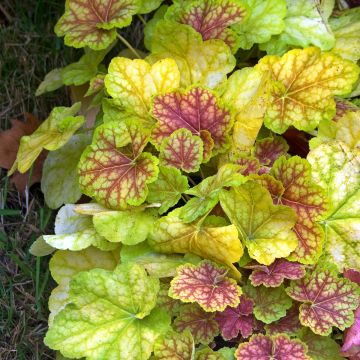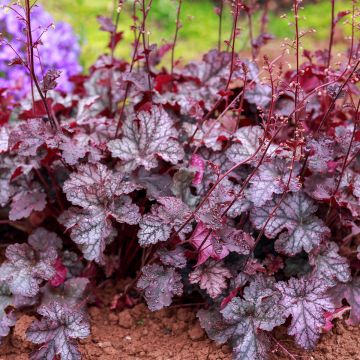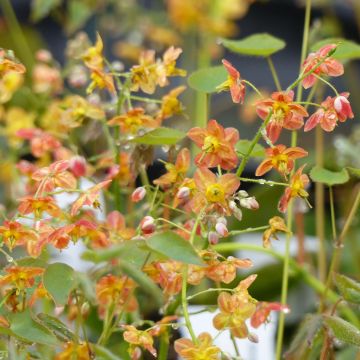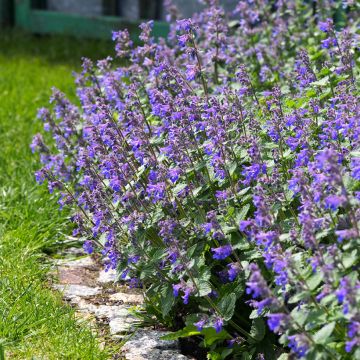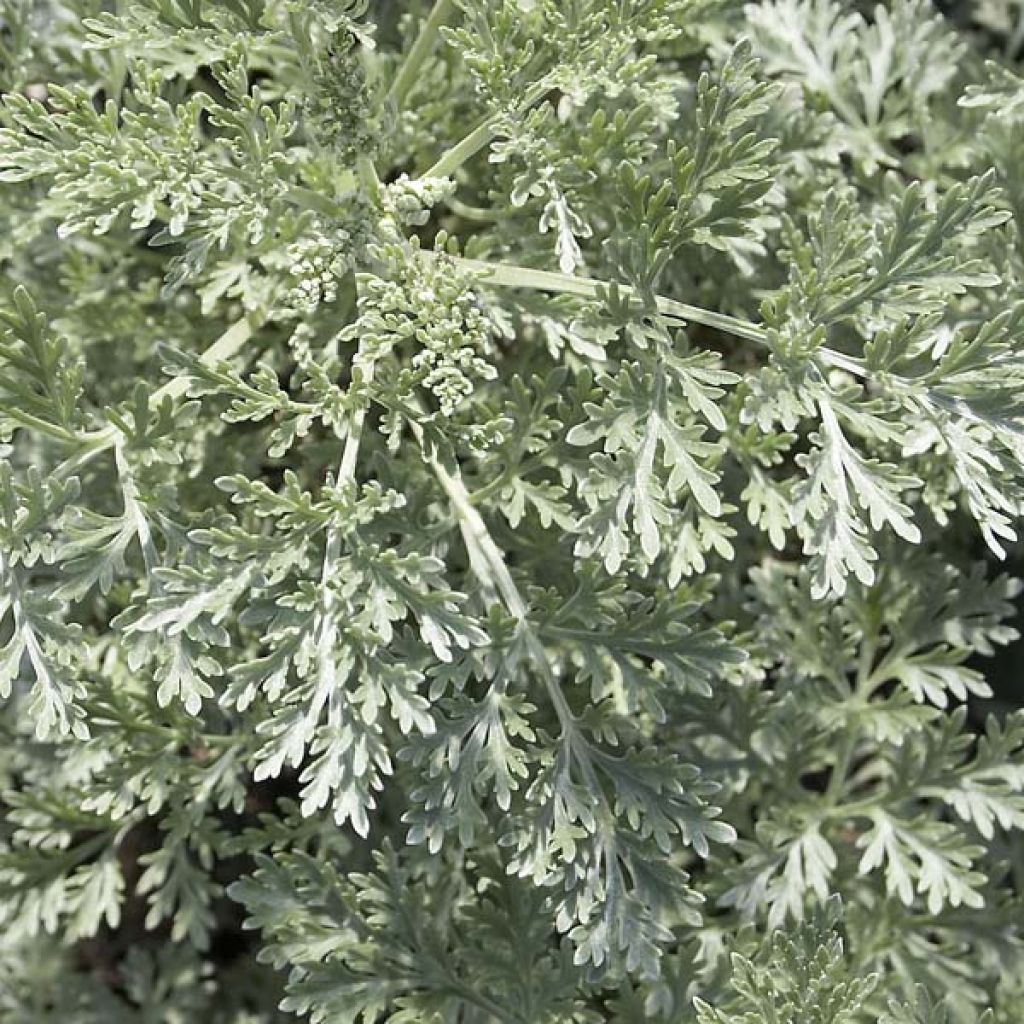

Artemisia arborescens Powis Castle
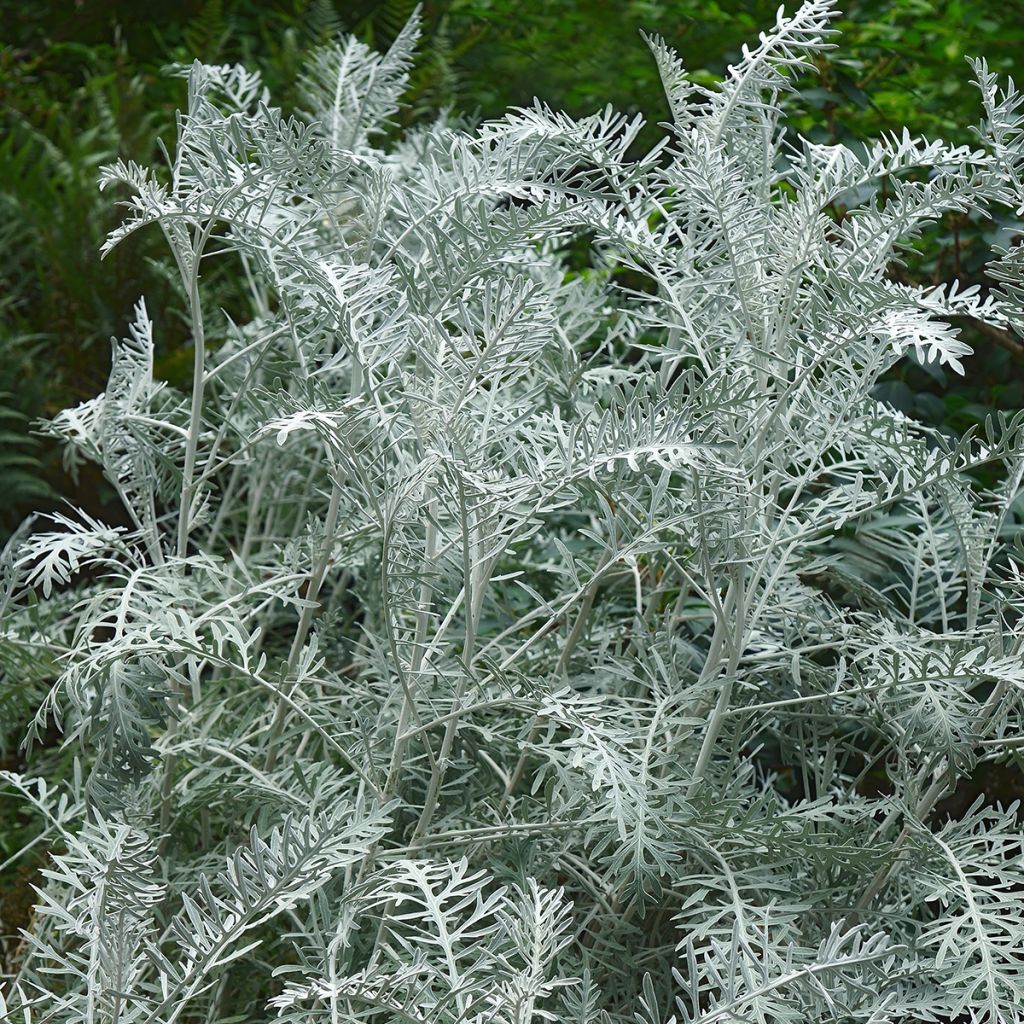

Artemisia arborescens Powis Castle
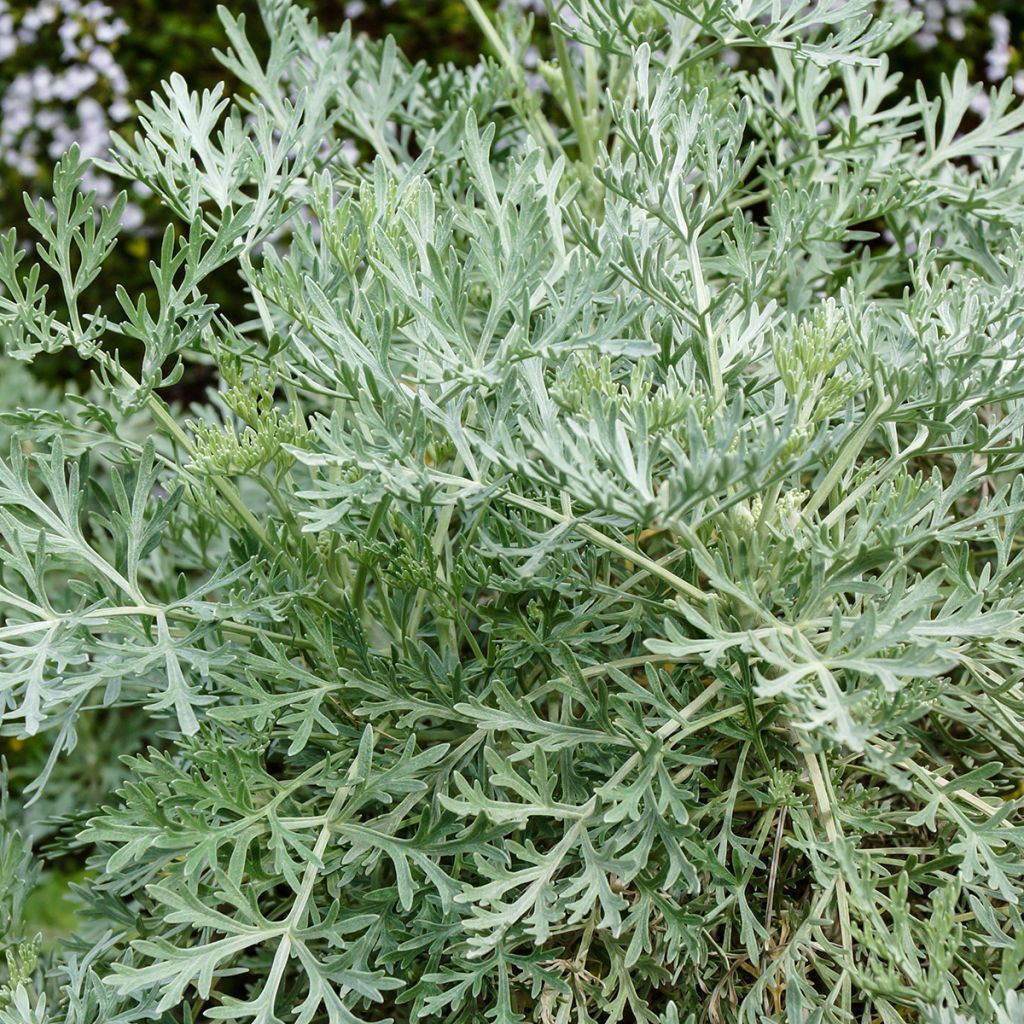

Artemisia arborescens Powis Castle
Artemisia arborescens Powis Castle
Artemisia arborescens Powis Castle
Tree Wormwood, Giant Wormwood
This item cannot be shipped to the selected country
Delivery charge from €5.90
Delivery charge from €5.90
Delivery to Corse prohibited
More information
Schedule delivery date,
and select date in basket
This plant carries a 12 months recovery warranty
More information
We guarantee the quality of our plants for a full growing cycle, and will replace at our expense any plant that fails to recover under normal climatic and planting conditions.
From €5.90 for pickup delivery and €6.90 for home delivery
Express home delivery from €8.90.
From €5.90 for pickup delivery and €6.90 for home delivery
Express home delivery from €8.90.
Delivery to Corse prohibited: UE law prohibits the import of this plant from mainland France to Corse as part of the fight against Xylella fastidiosa. Please accept our sincere apologies.
More information


Does this plant fit my garden?
Set up your Plantfit profile →
Description
The 'Powis Castle' Arborescent Wormwood, also known as the 'Brass Band' Arborescent Wormwood or 'Faith Raven' Wormwood, is a superb perennial with a woody base that quickly takes on the appearance of a dense, fluffy ball woven with finely cut leaves of a pale, luminous grey with silver reflections. It is a highly decorative plant with evergreen foliage that is delightful to touch, leaving a camphor aroma on the fingers. In the garden, 'Powis Castle' is one of the best plants for creating contrasts with dark foliage and enhancing pastel or vibrant red blooms.
Artemisia 'Powis Castle' is a hybrid resulting from the cross-breeding of Artemisia absinthium, a perennial absinth native to Eurasia, and A. arborescens, an arborescent species native to the Mediterranean basin. Wormwoods belong to the Asteraceae family. The plant, as wide as it is tall, with a lovely rounded habit, quickly reaches a height of 80-90 cm (32-35in) at maturity. The foliage of this plant remains intact even during mild winters. It comprises finely cut leaves in thin strips measuring 6 to 8 cm (2 to 3 inches) in length. The beauty of this foliage is enhanced by the silver hairs that cover it and retain the dew. The flowering, which is of little interest, occurs from July to August and can be removed to allow the plant to grow denser. The inconspicuous yellow flowers are gathered in panicles 15 to 30 cm (6 to 12in) long, initially pendulous, then erect. 'Powis Castle' wormwood is a hardy plant that can withstand temperatures as low as -15°C (5°F) for a brief period of time. It grows best in well-drained soil. If the plant's growth is damaged by cold weather, it can easily regrow from the base of the branches after a short pruning at the end of winter.
This 'Powis Castle' variety performs better in maritime climates than in Mediterranean regions, which can be slightly too dry in summer. It is also sufficiently frost-resistant to be suitable for all temperate regions. It is ideal for white gardens, large rockeries and gravel gardens. You can combine different foliage and flowers in either contrasting or matching ways. Using white, grey, or silver foliage with other plants is a good way to avoid clashing. Stunning next to English roses and lilies, surprising with phormium and cannas, and wonderful with a large lavender bush, 'Powis Castle' is a masterpiece and an extraordinary asset in a border. It can also be grown in containers on the terrace or balcony. In cold regions, place it against a warm wall.
Report an error about the product description
Artemisia arborescens Powis Castle in pictures
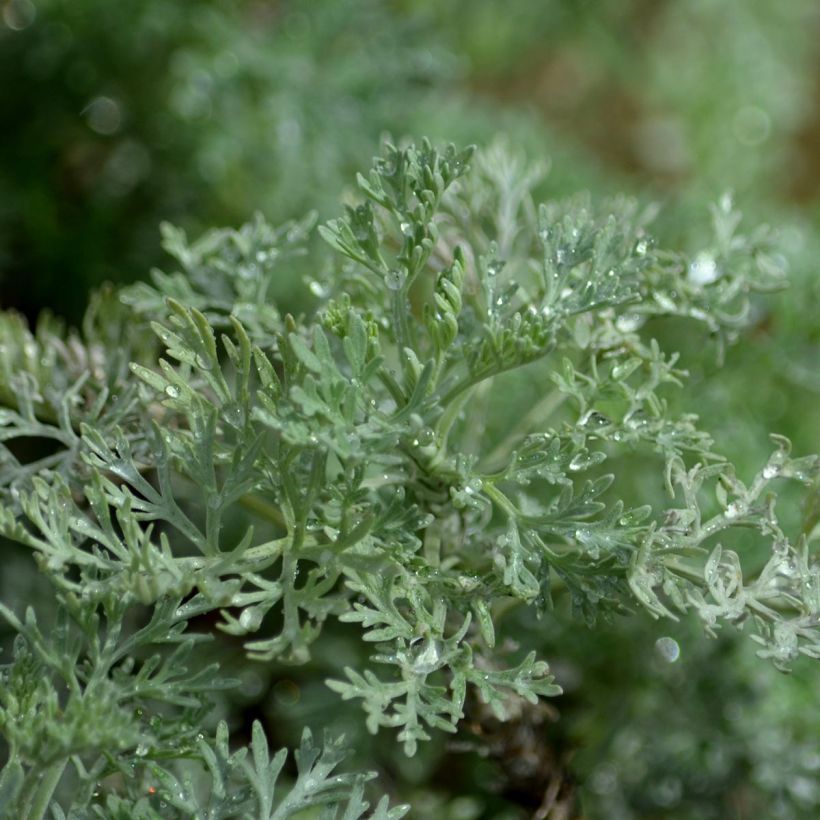

Flowering
Foliage
Plant habit
Botanical data
Artemisia
arborescens
Powis Castle
Asteraceae
Tree Wormwood, Giant Wormwood
Cultivar or hybrid
Other Artemisia
Planting and care
'Powis Castle' enjoys full sun. Plant it in spring in very well-drained, stony or sandy soil, or in a gravel garden. It dislikes heavy soils, which greatly reduce its hardiness. It can withstand relative drought, provided it is well established and the soil is deep. This plant is resistant to sea spray and tolerates limestone in the soil. Space plants 70 cm apart. Protect them from the winter cold if necessary. When the plant freezes and dies back, wait until spring to prune just below the new shoots or just above ground level. In late spring, if necessary, prune the plant, even severely, to maintain a more compact habit. Wormwood often falls prey to black aphids at flowering time: remove the flowers and burn them. This wormwood thrives in a seaside garden. In hot, dry regions, Artemisia arborescens is much more suitable than its hybrid 'Powis Castle'.
Planting period
Intended location
Care
-
, onOrder confirmed
Reply from on Promesse de fleurs
Ground cover perennials
Haven't found what you were looking for?
Hardiness is the lowest winter temperature a plant can endure without suffering serious damage or even dying. However, hardiness is affected by location (a sheltered area, such as a patio), protection (winter cover) and soil type (hardiness is improved by well-drained soil).

Photo Sharing Terms & Conditions
In order to encourage gardeners to interact and share their experiences, Promesse de fleurs offers various media enabling content to be uploaded onto its Site - in particular via the ‘Photo sharing’ module.
The User agrees to refrain from:
- Posting any content that is illegal, prejudicial, insulting, racist, inciteful to hatred, revisionist, contrary to public decency, that infringes on privacy or on the privacy rights of third parties, in particular the publicity rights of persons and goods, intellectual property rights, or the right to privacy.
- Submitting content on behalf of a third party;
- Impersonate the identity of a third party and/or publish any personal information about a third party;
In general, the User undertakes to refrain from any unethical behaviour.
All Content (in particular text, comments, files, images, photos, videos, creative works, etc.), which may be subject to property or intellectual property rights, image or other private rights, shall remain the property of the User, subject to the limited rights granted by the terms of the licence granted by Promesse de fleurs as stated below. Users are at liberty to publish or not to publish such Content on the Site, notably via the ‘Photo Sharing’ facility, and accept that this Content shall be made public and freely accessible, notably on the Internet.
Users further acknowledge, undertake to have ,and guarantee that they hold all necessary rights and permissions to publish such material on the Site, in particular with regard to the legislation in force pertaining to any privacy, property, intellectual property, image, or contractual rights, or rights of any other nature. By publishing such Content on the Site, Users acknowledge accepting full liability as publishers of the Content within the meaning of the law, and grant Promesse de fleurs, free of charge, an inclusive, worldwide licence for the said Content for the entire duration of its publication, including all reproduction, representation, up/downloading, displaying, performing, transmission, and storage rights.
Users also grant permission for their name to be linked to the Content and accept that this link may not always be made available.
By engaging in posting material, Users consent to their Content becoming automatically accessible on the Internet, in particular on other sites and/or blogs and/or web pages of the Promesse de fleurs site, including in particular social pages and the Promesse de fleurs catalogue.
Users may secure the removal of entrusted content free of charge by issuing a simple request via our contact form.
The flowering period indicated on our website applies to countries and regions located in USDA zone 8 (France, the United Kingdom, Ireland, the Netherlands, etc.)
It will vary according to where you live:
- In zones 9 to 10 (Italy, Spain, Greece, etc.), flowering will occur about 2 to 4 weeks earlier.
- In zones 6 to 7 (Germany, Poland, Slovenia, and lower mountainous regions), flowering will be delayed by 2 to 3 weeks.
- In zone 5 (Central Europe, Scandinavia), blooming will be delayed by 3 to 5 weeks.
In temperate climates, pruning of spring-flowering shrubs (forsythia, spireas, etc.) should be done just after flowering.
Pruning of summer-flowering shrubs (Indian Lilac, Perovskia, etc.) can be done in winter or spring.
In cold regions as well as with frost-sensitive plants, avoid pruning too early when severe frosts may still occur.
The planting period indicated on our website applies to countries and regions located in USDA zone 8 (France, United Kingdom, Ireland, Netherlands).
It will vary according to where you live:
- In Mediterranean zones (Marseille, Madrid, Milan, etc.), autumn and winter are the best planting periods.
- In continental zones (Strasbourg, Munich, Vienna, etc.), delay planting by 2 to 3 weeks in spring and bring it forward by 2 to 4 weeks in autumn.
- In mountainous regions (the Alps, Pyrenees, Carpathians, etc.), it is best to plant in late spring (May-June) or late summer (August-September).
The harvesting period indicated on our website applies to countries and regions in USDA zone 8 (France, England, Ireland, the Netherlands).
In colder areas (Scandinavia, Poland, Austria...) fruit and vegetable harvests are likely to be delayed by 3-4 weeks.
In warmer areas (Italy, Spain, Greece, etc.), harvesting will probably take place earlier, depending on weather conditions.
The sowing periods indicated on our website apply to countries and regions within USDA Zone 8 (France, UK, Ireland, Netherlands).
In colder areas (Scandinavia, Poland, Austria...), delay any outdoor sowing by 3-4 weeks, or sow under glass.
In warmer climes (Italy, Spain, Greece, etc.), bring outdoor sowing forward by a few weeks.

































